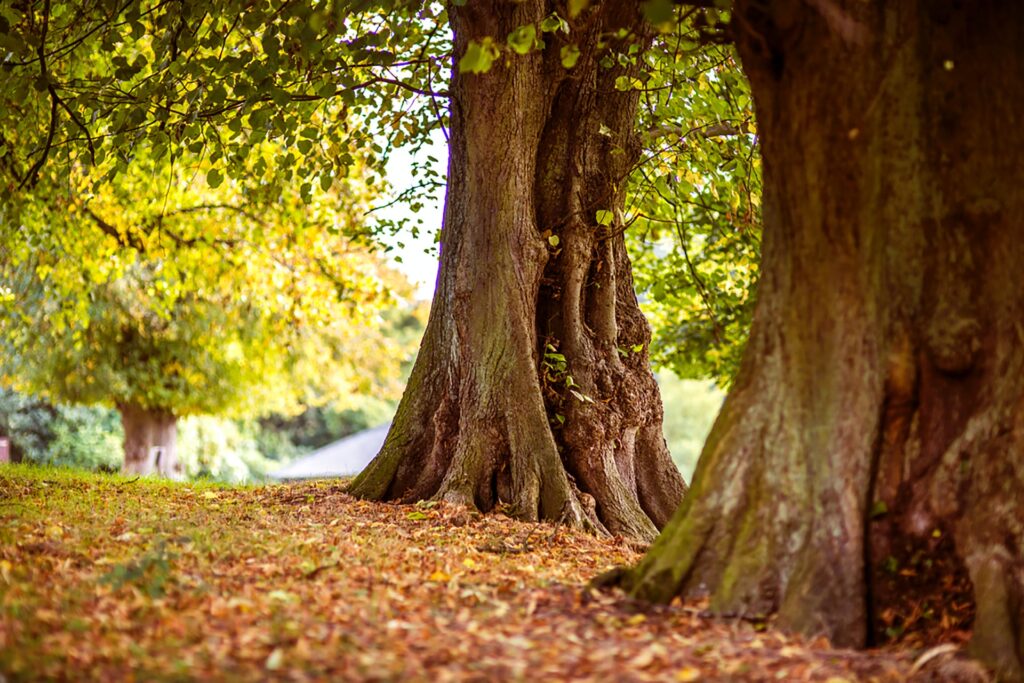In the face of escalating climate change concerns, the role of trees in mitigating the impacts of global warming has gained unprecedented importance. Trees, often referred to as nature’s carbon sinks, play a crucial role in absorbing carbon dioxide and mitigating the effects of climate change. Arborists, the unsung heroes of our urban landscapes, are instrumental in ensuring the health and vitality of trees, thereby maximizing their potential in the fight against climate change.

The Carbon Sequestration Power of Trees
One of the primary ways in which trees contribute to climate change mitigation is through carbon sequestration. Trees absorb carbon dioxide during photosynthesis, utilizing it for growth while releasing oxygen as a byproduct. This process helps to offset the increasing levels of atmospheric carbon dioxide, a major greenhouse gas responsible for global warming.
Arborists play a pivotal role in maintaining the health of trees, ensuring they continue to sequester carbon effectively. Regular tree care practices, such as proper pruning, fertilization, and pest management, contribute to the overall well-being of trees, enhancing their ability to sequester carbon over their lifespan.
Urban Forests and Temperature Regulation
In urban areas, where the impacts of climate change are often more pronounced, arborists contribute significantly to the creation and maintenance of urban forests. These green spaces provide shade, reduce the urban heat island effect, and contribute to temperature regulation.
Arborists are crucial in selecting and planting climate-resilient tree species suitable for urban environments. They understand the importance of proper tree spacing, ensuring optimal growth conditions for each tree to maximize their cooling effects. By strategically planting and maintaining urban forests, arborists enhance the overall resilience of cities to the rising temperatures associated with climate change.
Tree Services as Climate Change Adaptation
Beyond their role in carbon sequestration and temperature regulation, arborists are also key players in climate change adaptation. As weather patterns become more unpredictable and extreme events more frequent, trees face increased risks of damage from storms, pests, and diseases.
Arborists are on the front lines, providing preventive care and responding to the aftermath of extreme weather events. Pruning weak branches, removing hazardous trees, and implementing pest control measures are crucial aspects of their work. By fortifying trees against potential threats, arborists contribute to the resilience of ecosystems, ensuring that trees continue to fulfill their role as climate change mitigators.
Community Engagement and Education
Arborists are not only tree caretakers but also educators and advocates for sustainable tree management practices. Community engagement is a powerful tool in the fight against climate change, and arborists play a vital role in raising awareness about the importance of trees in climate change mitigation.
Educational outreach programs, workshops, and public events organized by arborists help communities understand the value of trees and inspire collective action. By fostering a sense of responsibility for local ecosystems, arborists empower communities to actively participate in tree planting initiatives and sustainable urban forestry projects.
The Challenge of Urbanization
While trees contribute significantly to climate change mitigation, the process of urbanization poses challenges to their survival. Arborists face the task of adapting traditional tree care practices to the constraints of urban landscapes. Issues such as compacted soil, limited space for root expansion, and pollution require innovative solutions.
Arborists are at the forefront of developing and implementing techniques like structural soil installation, root barriers, and air pollution mitigation strategies. These adaptations ensure that trees in urban areas not only survive but thrive, continuing to provide vital ecosystem services in the battle against climate change.
Arborists as Guardians of Climate Resilience
In conclusion, the role of trees in climate change mitigation is undeniable, and arborists are the unsung heroes working diligently to ensure the health and vitality of our urban forests. Through their expertise in tree care, community engagement, and adaptation to urban challenges, arborists play a pivotal role in maximizing the climate change mitigation potential of trees.
As we navigate the challenges of a changing climate, it is crucial to recognize and support the work of arborists. Their efforts not only contribute to the health of individual trees but also have far-reaching impacts on the well-being of our planet. By understanding and appreciating the role of arborists, we can collectively work towards a more sustainable and resilient future, where trees continue to stand as guardians against the impacts of climate change.